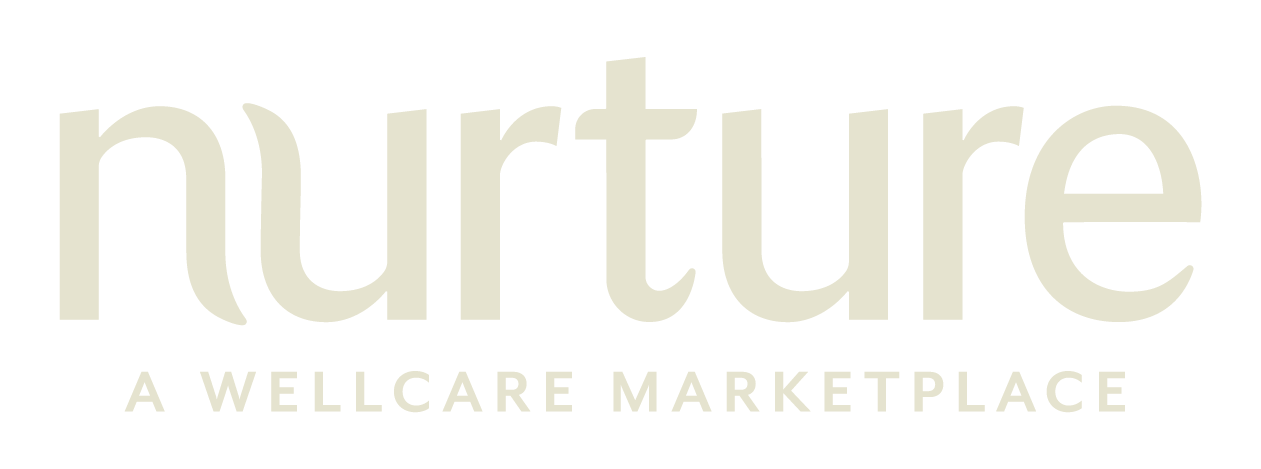Provider Feature // Hugh Norley of Self Myofascial Release
Meet Hugh Norley of Rocky Mountain Performance Health |
Take control of aches and pains
Aches and pains are a thing of the past, when you understand WHY they are there. I’ll show you how you can overcome aches and pains and put the bounce back in your step.
Pain can have many causes, but one thing that is almost always associated with pain, is restriction in the fascia.
What is fascia?
Fascia is the connective tissue that wraps around pretty much everything in our body. It wraps around muscle, bone, nerves, and even organs.
Fascia is highly innervated and has a slight ability to contract.
Now imagine if you had something highly innervated with an ability to contract wrapped around… say, your neck… nervous yet???
Fascia responds to stress - all forms of stress - physical, emotional, chemical and energetic. So when we are exposed to stress, the fascia can respond by essentially strangling whatever it wraps around.
With prolonged or intense exposure to stress, adhesions will form in the fascia which can remain indefinitely - unless they’re treated.
I’ve seen aches and pains that result from an incident 50 years beforehand… I’ve also seen them disappear in 50 minutes!
Imagine if you could melt away all the aches, pains and stiffness in your body. What would you do? Run around with your kids? Bust out some handstands? Maybe just tie your shoe laces without wincing!
It is entirely possible… and you can get results in the next 10 minutes, if you’re up for it.
The key is to release those adhesions that have built up over the years. There could be one, there could be many. Some of them will be easy to find, others will be hidden in the ‘pits’ - armpits, elbow pits, knee pits etc and other sensitive areas.
Finding them is the next challenge… often I hear people say ‘it hurts here’ … and many people expect me to start working there… but I don’t!
The painful point is often the epicenter of a whole lot of myofascial tightness scattered near and far around the body. I could run an entire training on postural balance assessment - its waaaay beyond the scope of this article.
To get started, you can start the treatment process yourself with something as simple as a massage ball.
The trick is in knowing how to use it for maximum results.
Think of the fascia as many layers of tissue. Sometimes adhesions form between those layers… we want to be able to break those adhesions down, so that the layers of fascia can move relative to each other and that the bits and pieces held within the myofascial matrix are free to do their thing.
Step 1. Drink some water.
Part of the healing process involves rehydration of the tissue. Fascial tissue is like a sponge - when we squeeze fascia, we squeeze out the water, when we release it water gets soaked back in.
Step 2. Apply pressure with a massage ball (or similar)
Use a massage ball to put pressure into the tissue. There is often quite a bit of ‘sensation’ when you find an area that need work. There is a ‘right’ amount of pressure - too little will be ineffective, too much can make us tighten up even more.
Step 3. Breathe
Let your tissue really sink in around the ball. This will be far more effective if you take deep breath’s and bring your focus to the area you are working.
Step 4. Move the tissue
Without changing the pressure, apply some movement. The movement should be nice and slow and just to the point of resistance. Done right, this will create a shearing action between the layers of tissue and break those adhesions.
Step 5. Release
This is the bit where the tissue takes a sigh of relief. The tissue softens and the sensation all but disappears.
This whole process can take less than a minute, but likely there will be more than one spot that needs work.
Explore your body, find as many of those spots as you can. You won’t be able to use this technique for the more delicate areas of your body, but you can make significant inroads into dealing with pain, by using these simple steps.
For more information, I have a Self Myofascial Release Guide at www.selfmyofascialrelease.com that includes a detailed breakdown that accompany each movement.
About Hugh //
Hugh is a Myofascial Release and Movement Therapist - his hands on sessions focus on systematically releasing adhesions in the soft tissue. His technique is gentle enough to be used on everyone from children, through the elderly, yet so potent that athletes will fell the results from as little as one session.
His movement sessions focus on building optimal length and strength of the myofascia (and doing cool stuff in the process).
Visit http://www.rmphealth.com/bookings/ to book with Hugh and follow Rocky Mountain Performance Health on Facebook or Instagram.

